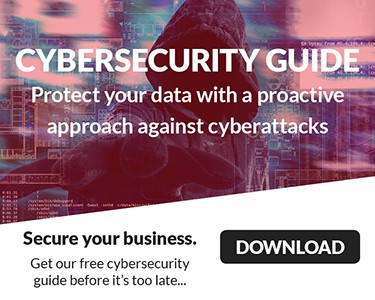
How can this be? With conventional tools in place, how can this still be happening?
The answer to that question is complex. Ransomware attacks ultimately have three different phases. Each phase must be protected against and in each case, the type of protection needed varies. Let’s start by taking a closer look at the anatomy of a typical ransomware attack. They always begin the same way: Infiltration.
To do anything to your company’s network, the hackers first must gain access to your network. Thus, your first line of defense is to keep that from happening.
The good news is that most companies have robust tools that are specifically designed to block unauthorized intruders. The bad news is that hackers can get around those tools entirely by stealing an employee’s login credentials. That is how many of these types of attacks occur. Once inside, the hackers proceed with data exfiltration. Wholesale copying sensitive data and uploading it to a command-and-control server operated by the hackers.
From the perspective of the hackers, this is where the payday is. They know all too well that companies will pay handsomely to keep proprietary data from being leaked to the broader public, and hackers are only too happy to take full advantage of that fact.
This is where many companies are weak. To protect against data exfiltration, companies need to invest in three different types of encryptions. Encryption at rest, encryption in transit, and encryption in use. Most companies invest in one. A solid minority invest in two, but very few invest in all three. That creates a window of opportunity for the attacker.
Finally, the third stage is wholesale file locking. This is exactly like what you think it is. All the files that the malicious code can get to will be locked and encrypted. If you want them back, you must pay. Assuming you don’t have a recent backup, of course. Even if you do have a backup, you’ll pay in the form of downtime while you’re restoring those files.
Understanding exactly how a ransomware attack is put together and how it functions is key to designing a security routine that will defeat it, preventing the attackers from ever gaining a foothold on your network.







